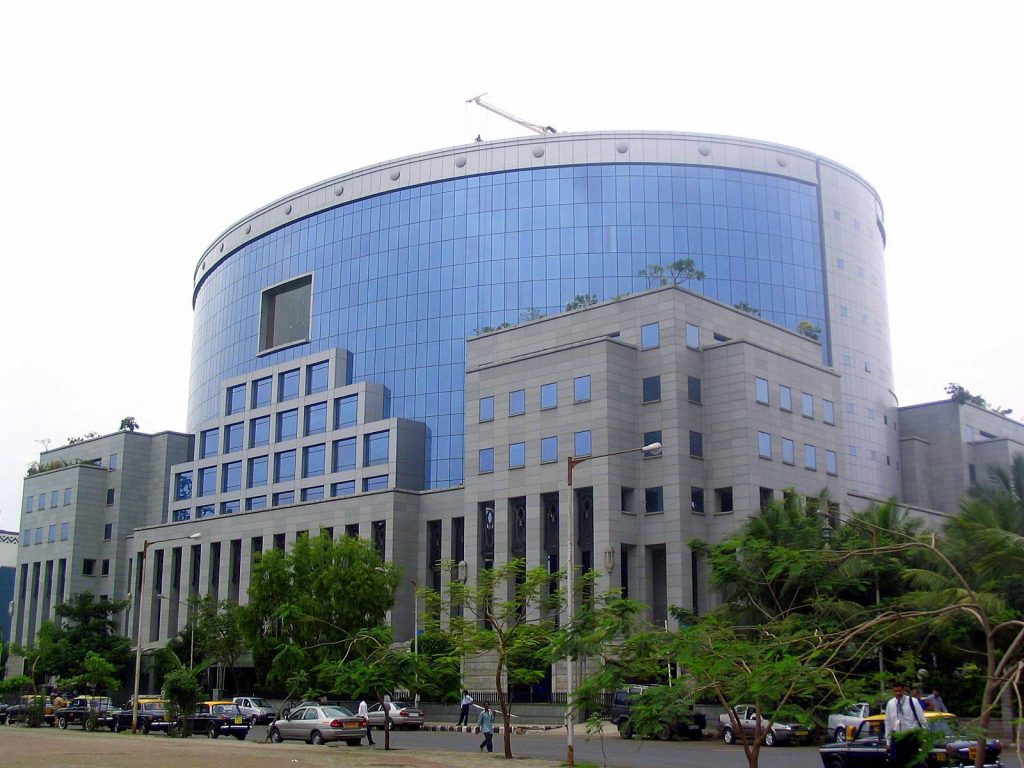When you think of investing, you can do it in a variety of ways including real estate, bonds, stocks, CDs, or even gold. Thanks to the array of options, it often happens that one investment choice is more lucrative than the other. Based on current market conditions, it is also important to be aware of the type of investment to avoid and when?
Let’s take a look at real estate investment vs. other investments to help you narrow down the options that are suitable for you.

Real Estate vs. Stocks
Stock prices are deemed to be more unpredictable as compared to real estate. The rates of stocks can fluctuate quicker than real estate prices. The instability can make you apprehensive unless you plan to purchase and hold stocks, despite the unpredictability.
Investing in real estateissimpler and better to understand than stocks. The housing sector in India is enormous which makes the home-buying journey multifaceted. But despite the complexity, the basics are quite simple. Moreover, owning a tangible asset can make you more in control of your investment when compared to purchasing slivers of ownership in firms via shares of stocks.
Real Estate vs. Bonds
Despite their low-risk nature, investors may realize that bonds do not deliver the same profitability when pitted against other investments, particularly real estate in India. In numerous cases, the returns could be considerably affected by the rate of inflation. On the other hand, you will observe significant real estate growth and development during inflation.
As material and labor expenses rise, rent typically follows, resulting in real estate investors achieving greater profits during this period. Bonds are not known to deliver the best returns as real estate. Across the board, rental properties generally outperform bonds thanks to their capability to produce cash flow, even during inflation or low-interest rates.
Real Estate vs. CDs
Despite the low-risk investment opportunity, Certificates of Deposits (CDs) typically have lower profit margins when pitted against real estate. The potential for profits in CDs is directly affected by interest rates. When they are low, investors will not be able to get a high return on investment.
It could take approximately 5-10 years for CDs to mature. Investors will not be able to use their funds during that period. But real estate showcases more liquidity. Even if investors are not able to sell a property, you can still tap into the current equity in many ways.
Real Estate vs. Gold
Investing in gold may be a simple process but it is a long waiting game as compared to real estate investing. Thanks to the concept of price appreciation in real estate market, you can earn revenue as you wait for an asset to escalate in value, thereby leading to a higher overall cash flow.
In a nutshell, while stocks, bonds, CDs, or gold are solid forms of investment and each of them has its own pros and cons, real estate delivers cash flow that is directly connected to the decisions you have made. Overall, investors may observe that real estate signifies the likelihood to produce yearly cash flow and profit from appreciation over time.
At CRE Matrix, we have assessed vital real estate data comprising residential, commercial, retail, and warehousing, across different industries in India. CRE Matrix’s product IndexTap helps in making real estate investments with its extensive catalog of residential properties in MMR.
For more such exciting analysis and details on real estate, visit CRE Matrix.









